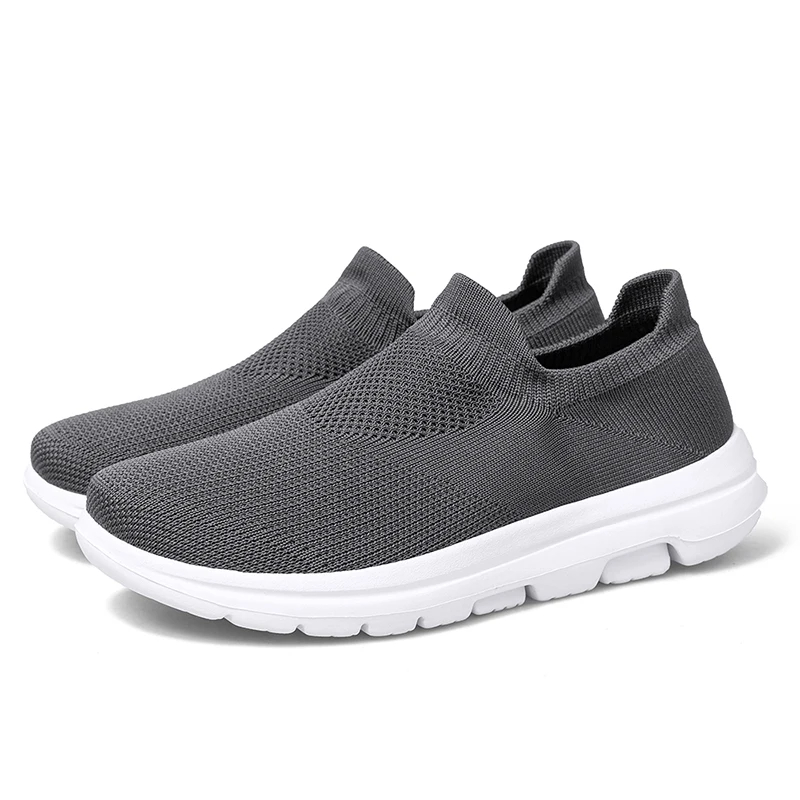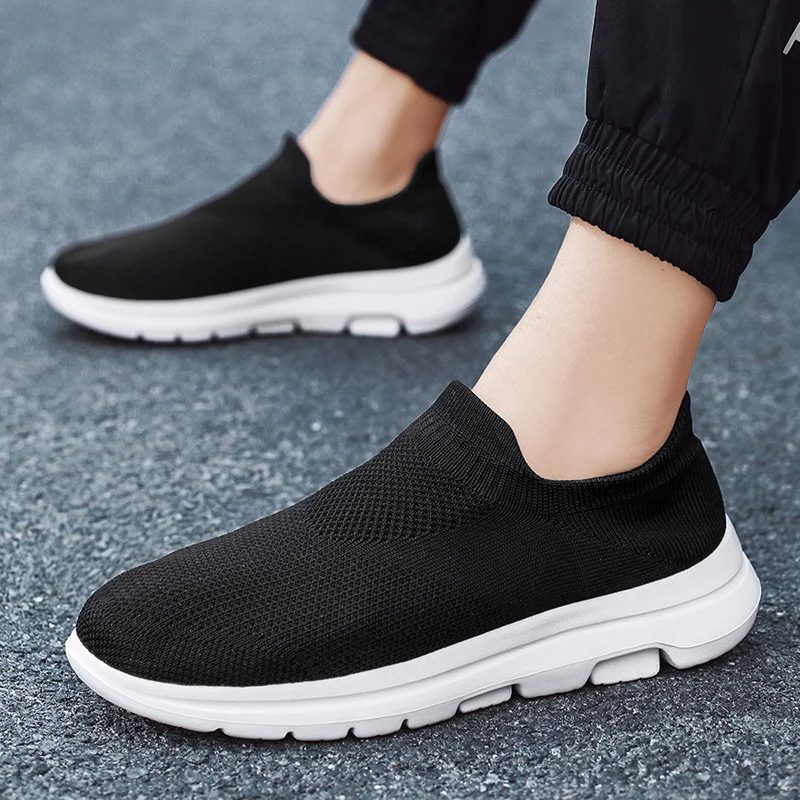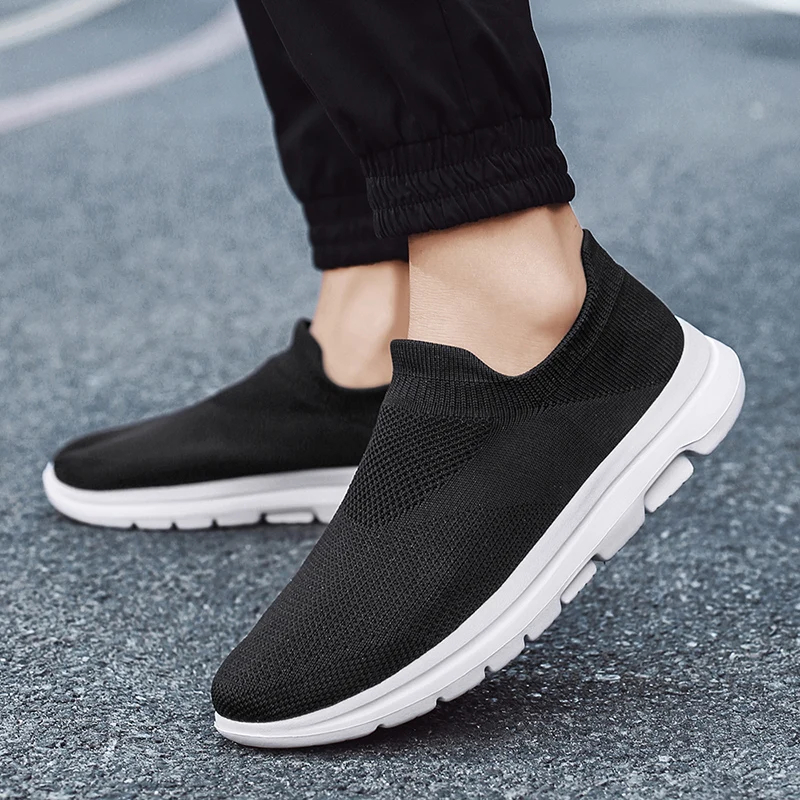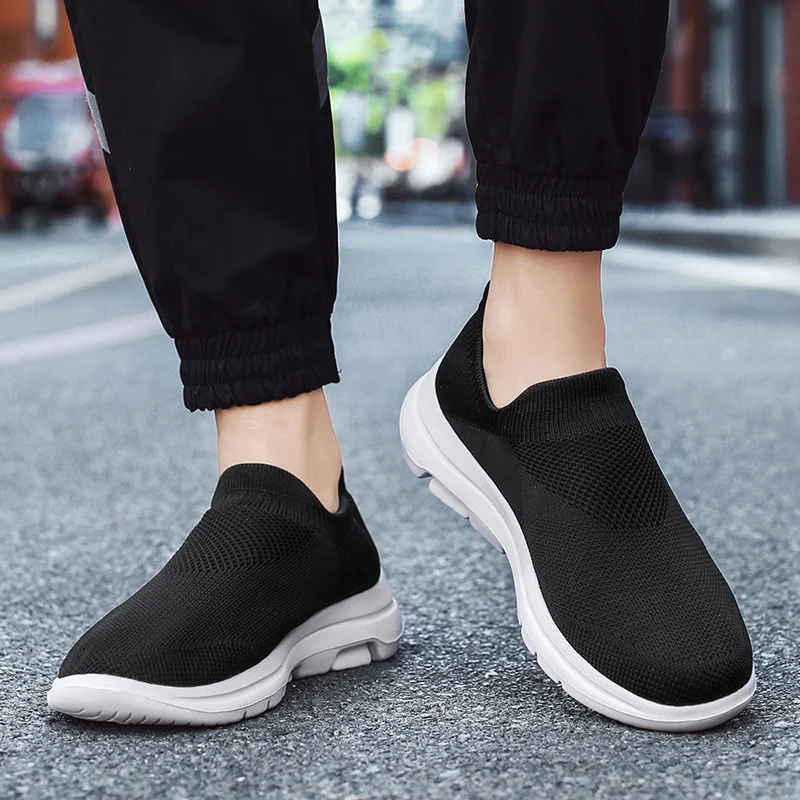When it comes to shoe shopping, understanding the differences between men’s and women’s shoe widths is crucial for finding the right fit. Many shoppers, especially those with foot sizes that could fit either men’s or women’s shoes, might wonder if there’s are mens shoes wider than women’s. This article aims to shed light on the differences in shoe width between the genders and what that means for consumers seeking comfort and proper fit.

The Basics of Shoe Width
Understanding Shoe Width Designations
Shoe width is indicated by letters: the further the letter is in the alphabet, the wider the shoe. For example, ‘B’ width in women’s shoes is the standard width, while ‘D’ is the standard width for men. Women’s shoes can range from ‘AAA’, which is extra narrow, to ‘EE’, which is extra wide. Men’s sizes, on the other hand, can range from ‘A’ (very narrow) to ‘4E’ (extra wide).
Gender Differences in Shoe Width Standards
Generally, men’s shoes are constructed wider than women’s because, on average, men have broader and larger feet than women. Are mens shoes wider than women’s? However, everyone’s feet are unique, and gender is just one factor that can affect shoe width. Genetics, age, and foot conditions can also influence the width and size of one’s foot.

How to Determine if Men’s Shoes are Wider for You
Measuring Your Feet for Width
To determine if men’s shoes are wider and a better fit for your feet, it’s essential to measure your feet’s length and width. Many shoe stores offer measuring services, or you can measure at home using a sizing chart and a ruler.
Trying Different Widths for Best Fit
Experiment with different widths to find the most comfortable fit. Try on both men’s and women’s shoes if you’re near the border between sizes. The difference in width,are mens shoes wider than women’s, may be subtle, but it can impact overall comfort, especially if you have wider feet.
The Implications of Wearing Ill-Fitting Shoes
The Importance of Proper Fit
Wearing shoes that are too narrow can lead to foot problems like bunions, hammertoes, and calluses. Conversely, too wide shoes can cause blisters due to the foot sliding around. Ensuring you wear properly fitting are mens shoes wider than women’s is crucial for foot health.
Adjusting for Width When Necessary
If you find that men’s shoes are indeed wider and more comfortable, don’t hesitate to are mens shoes wider than women’s. The key to foot comfort is proper support and fit, regardless of whether the shoe is marketed towards men or women.

Why Standard Widths Differ
Shoe manufacturers base their standard width sizing on average foot measurements collected from population studies. Historically, these studies have shown that men’s feet tend to be broader and larger than women’s, hence the default width for men’s shoes is constructed to be wider than women’s.
The Impact of Foot Shape on Shoe Selection
It’s important to consider the shape of your foot, not just the size, when shopping for shoes. Men’s shoes often have a wider toe box in addition to overall width, which can be a relief for anyone, regardless of gender, with a wider forefoot or toes that need more room to spread.

The Role of Brands and Shoe Models
Brand-Specific Width Variances
Different brands may have their own sizing standards, which means a ‘D’ width in one brand could be wider or narrower than a ‘D’ width in another. It’s beneficial to research and even reach out to customer service for specific measurements before making a purchase.
Shoe Model Consistency
Even within the same brand, different models of shoes might fit differently. Athletic shoes, for example, often offer more width options to cater to various athletic needs and foot shapes than formal shoes.

Technological Advancements in Shoe Fitting
The Use of 3D Scanning for Custom Fits
Some retailers and brands are adopting advanced technologies like 3D foot scanning to give customers a highly accurate measurement of their feet. This technology can assess foot volume and width, leading to a more precise fit regardless of gender-based sizing.
Online Tools and Virtual Fitting
With the rise of online shopping, virtual fitting tools are becoming available to help customers make more informed choices about shoe width when buying remotely. These tools can offer recommendations based on the customer’s entered measurements or even through augmented reality (AR) applications.
What Determines Shoe Width?
Before we dive into the differences between men’s and women’s shoes, it’s important to understand what determines a shoe’s width. Shoe width is typically measured using a system called the Brannock Device, which is a metal foot measuring device that is used by most shoe retailers. The Brannock Device measures the width of a person’s foot at three different points: the ball of the foot, the middle of the foot, and the heel. The width of a shoe is then determined by the size of the Brannock Device that fits the widest part of a person’s foot.
How to Address Width Issues for Better Foot Health
Selecting Shoes with Adjustable Features
Look for shoes with laces, straps, or other adjustable features that allow you to customize the fit. This can be particularly helpful if your foot size falls between standard width categories.
Using Insoles and Orthotics for a Custom Fit
If you find that you need a little more support or need to fill in some extra space in a wider shoe, insoles and orthotics can be valuable. They not only provide support where you need it but can also improve the overall fit of the shoe.
Conclusion: Finding the Right Shoe for Your Foot
In conclusion, are mens shoes wider than women’s, men’s shoes are typically wider than women’s due to average anatomical differences. The answer to this question is not always straightforward, as there are many factors that can influence the width of a shoe. In this article, we will explore the differences between men’s and women’s shoes, including their widths, and help you determine whether men’s shoes are typically wider than women’s. However, the best shoe for you is the one that fits your unique foot shape comfortably. Whether this means shopping in the men’s or women’s section, prioritize fit and comfort to keep your feet healthy and happy.